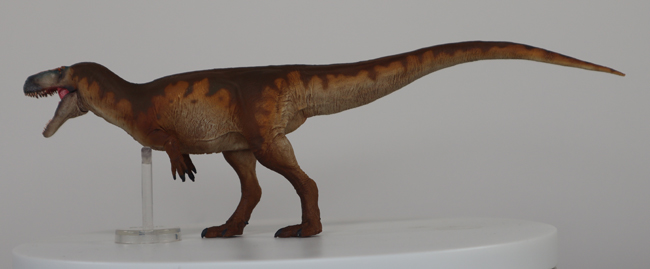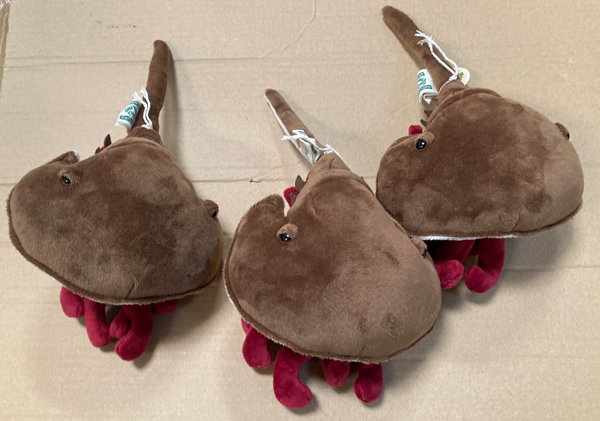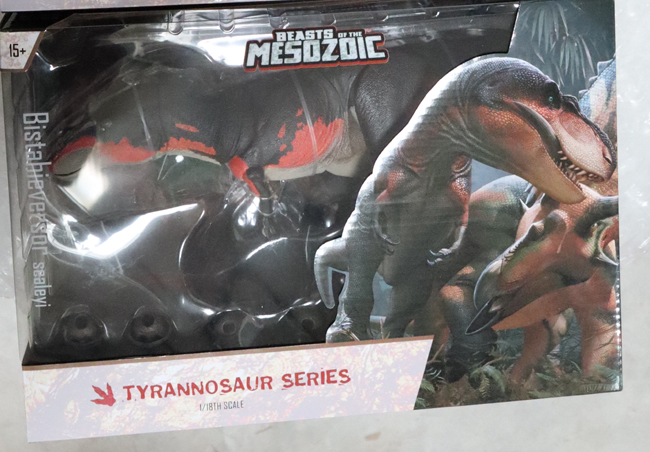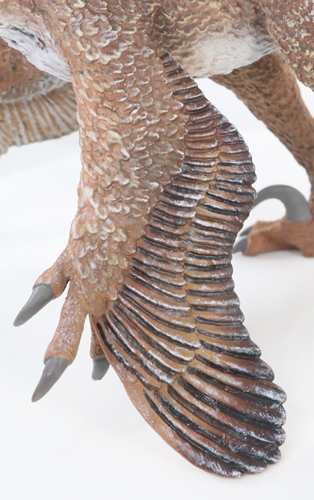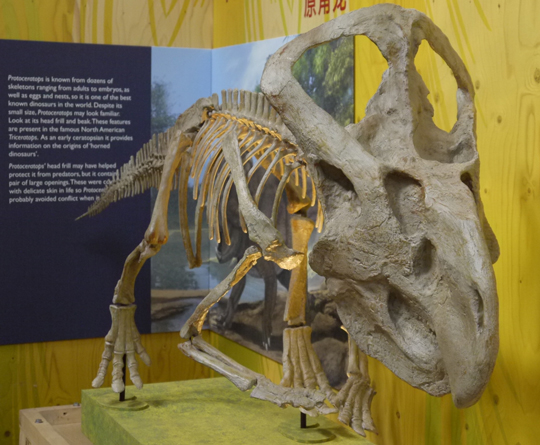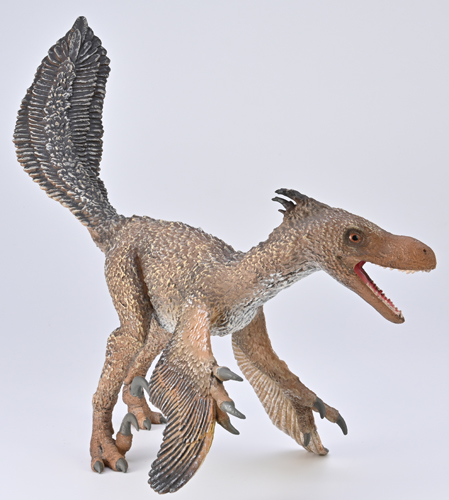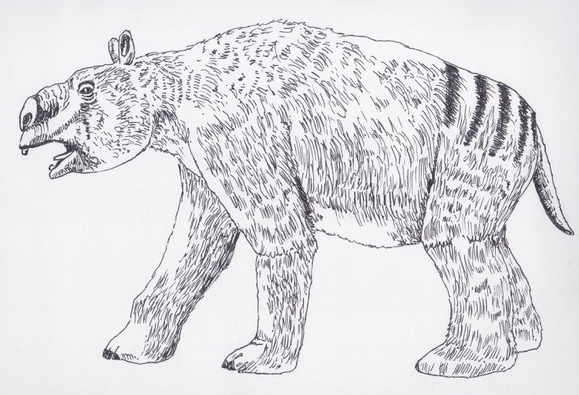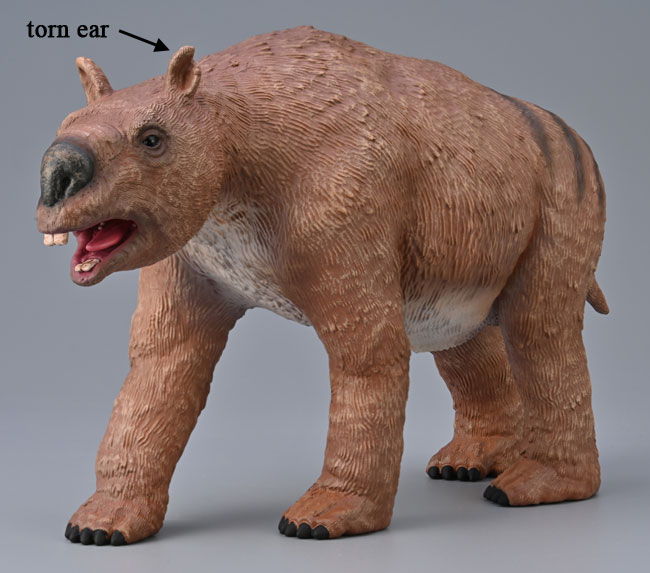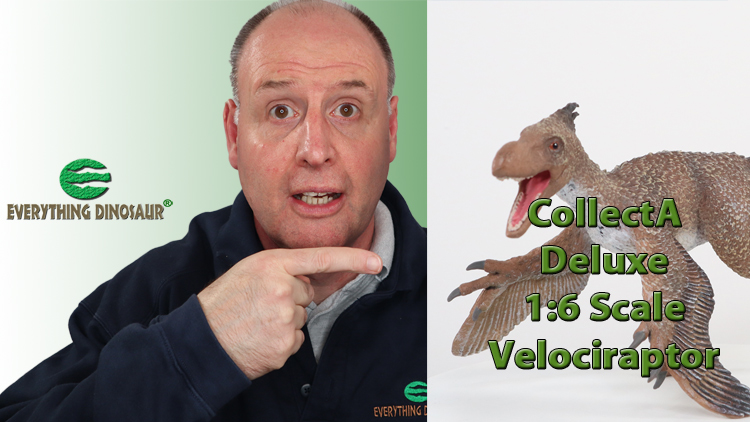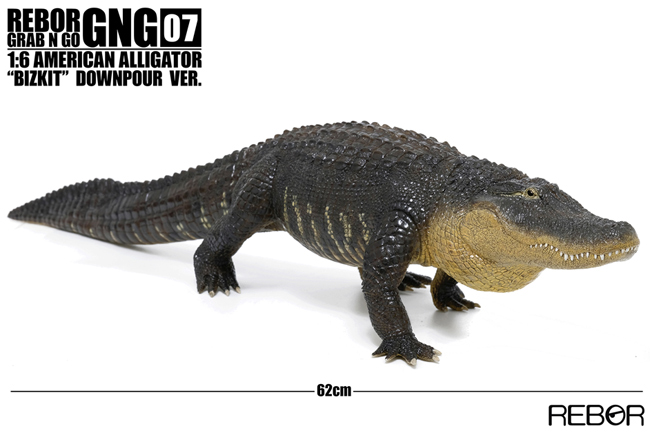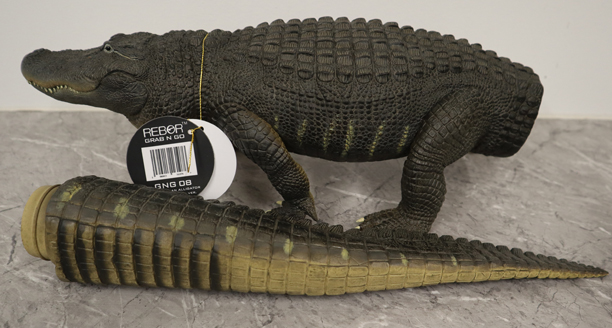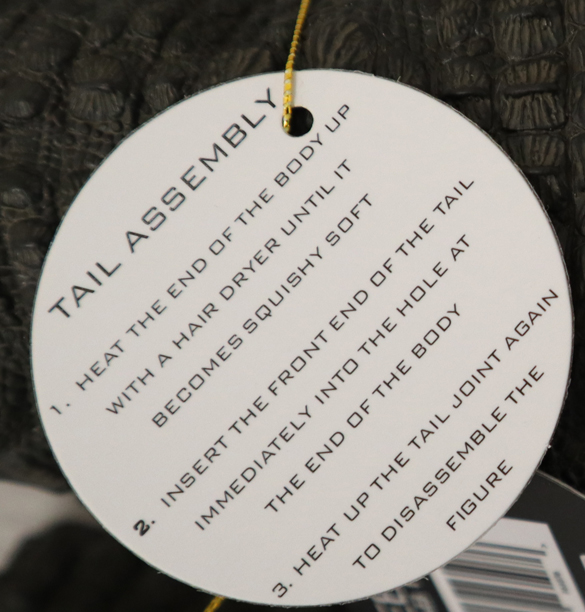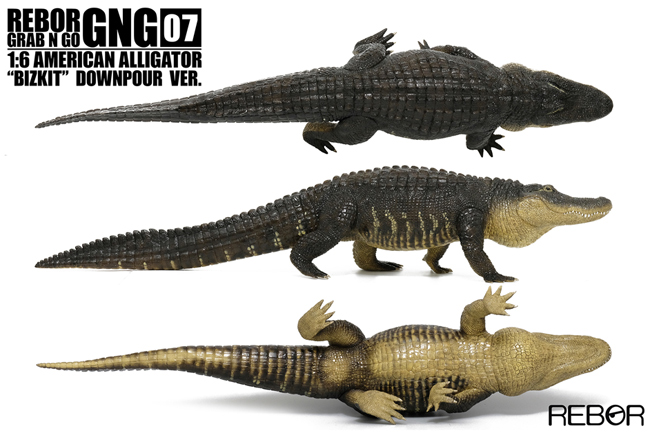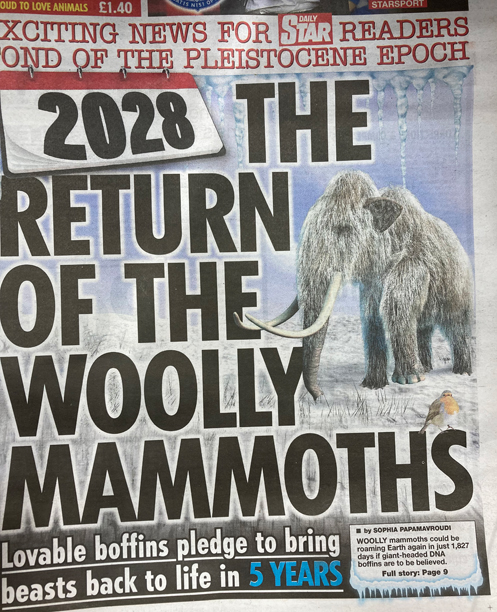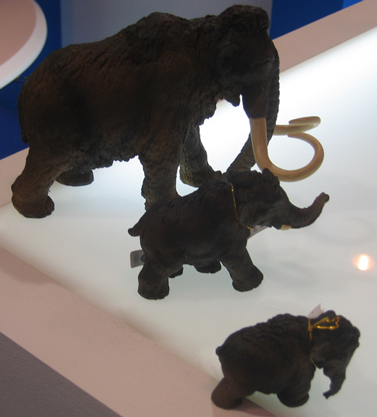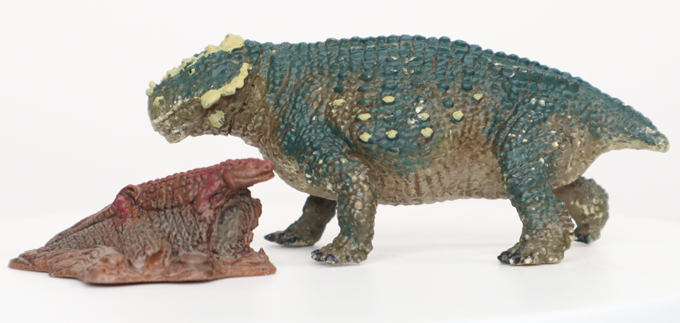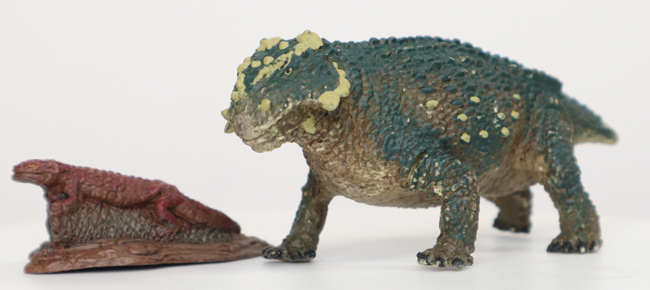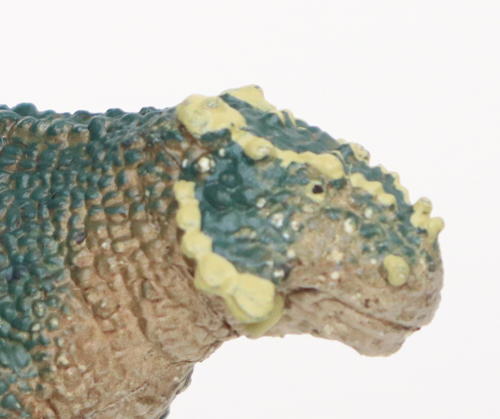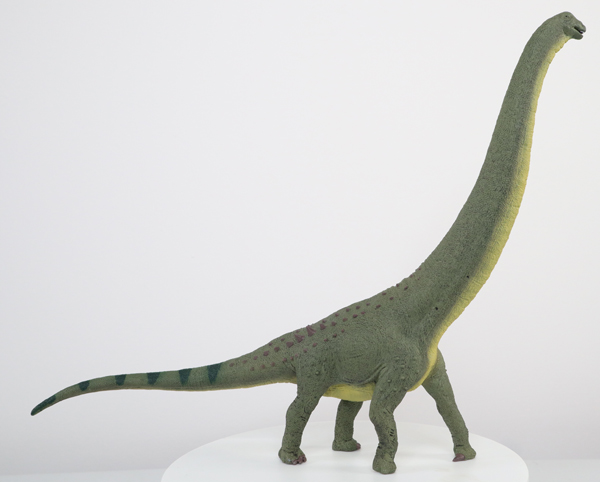Photographs and pictures of products featured on the Everything Dinosaur website. Everything Dinosaur a UK based retailer of dinosaur models, toys and games. This category features pictures of products that are or were on the company’s website.
Helpful Explanation of Lateral Views
Many prehistoric animal models are photographed in lateral view. Everything Dinosaur explains the differences between right and left lateral views. It can be a little confusing for model collectors when photographs of a new prehistoric animal figure are released. Often the images include lateral views, these are images of the figure seen from the side.
Picture credit: Everything Dinosaur
The image (above) shows a view of the recently introduced PNSO Edward the Megalosaurus dinosaur model. The left side of the model can be seen. This photograph shows the left lateral view of the figure. That is, in a left lateral view the object faces to the left as you look at the image.
To view the extensive range of PNSO prehistoric animal models available from Everything Dinosaur: Prehistoric Animal Models from PNSO.
Lateral Views
Determining whether a prehistoric animal figure is in left lateral or right lateral view is made easier if the whole of the model is shown in the image.
- Left lateral view – the head of the figure faces to the left as you look at the image.
- Right lateral view – the head of the figure faces to the right as you look at the image.
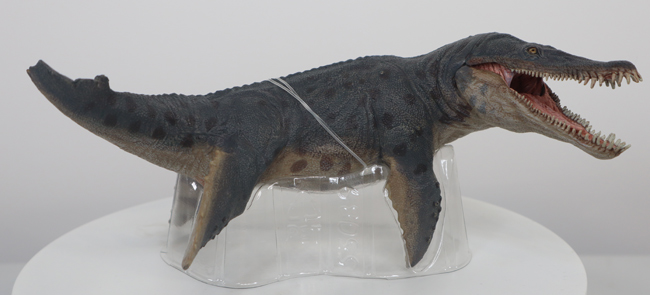
Picture credit: Everything Dinosaur
In the image (above) the recently introduced Papo Kronosaurus model is facing to the right. Therefore, this model is being shown in the right lateral view.
To view the Papo prehistoric animal model range: Papo Prehistoric Animal Figures.
Providing Explanations
A spokesperson from Everything Dinosaur commented:
“Our blog often features details of scientific papers. Some of them can be quite technical and we try to summarise the findings and provide simplified explanations for the general reader. Interpreting scientific drawings can be a challenge. It can also be difficult to understand the details shown on a photograph of a prehistoric animal model if the orientation is not known.”
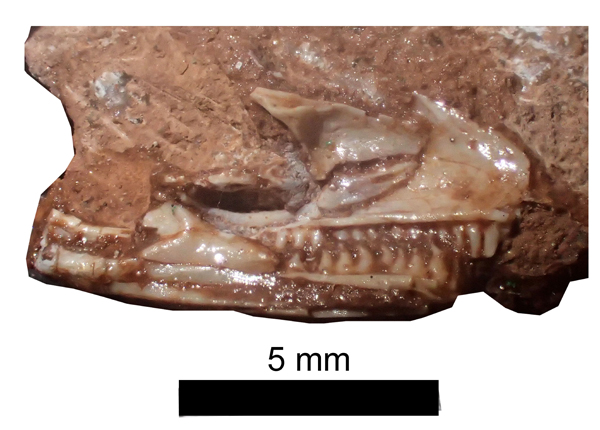
The photograph (above) shows the skull of the stem lizard Cryptovaranoides microlanius in right lateral view. Computerised tomography (CT) was used to help the researchers to construct the left side of the skull of C. microlanius. This enabled the team to construct a left lateral view of the skull.
To read Everything Dinosaur’s blog post about this fossil discovery: Modern Lizards in the Triassic.
Standardising Anatomical Terms
Although left lateral and right lateral are terms that are not often used in scientific disciplines, it is helpful to have an understanding of their meaning. It is important to have standard anatomical terms and scientific papers have been published that examine the use of such terms when describing fossils.
The next time you see a photograph of a prehistoric animal model, we hope our short explanation will help you to understand whether the view is left or right lateral.
The award-winning Everything Dinosaur website: Everything Dinosaur.


